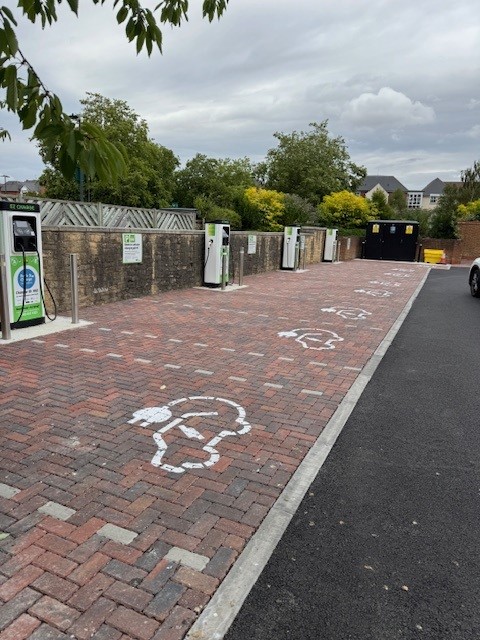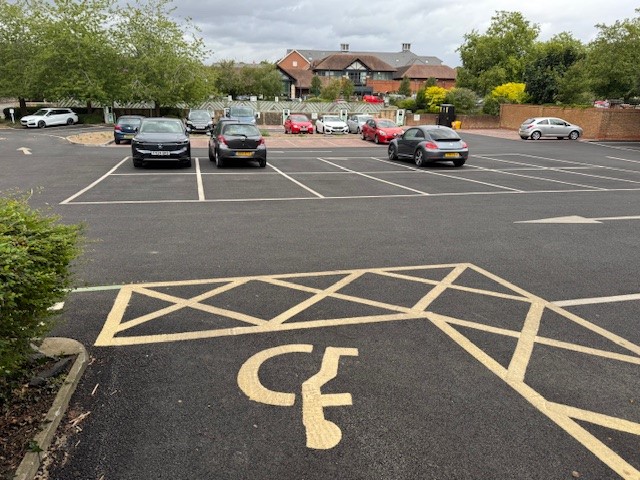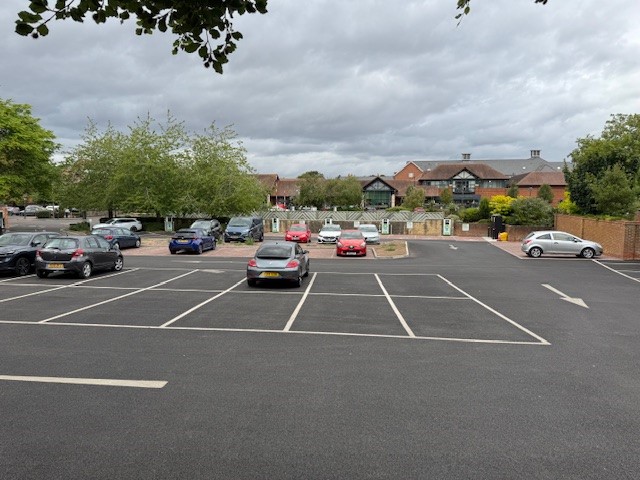We're hiring! Join our team as a HGV Driver/Loader and help keep Oxford looking clean and green- Apply now!

Abingdon Cattle Market Car Park Renovation
Client: South and Vale District Council
Budget: £160,000
Department: Highways and Engineering
Completed: May 2025
Summary
The ODS Highways and Engineering Team were tasked with delivering the renovation of the Abingdon Cattle Market Car Park, working from design specifications provided by South and Vale District Council.
This busy site required substantial excavation, installation of new surface materials, and drainage upgrades to improve its structural integrity and usability.
Due to the discovery of a historic burial site and human bones near the surface, archaeological supervision was required throughout excavation operations.
Requirements
The team had to excavate approximately 1,600m² of car park area with varying depths from 500mm to 1,000mm.
There followed the construction of new surface layers, including:
Open graded stone
Brindle block paving
Natural block paving for bay dividers
Asphalt surfacing for roadway sections
Install a new drainage connection to the existing main, in agreement with Thames Water.
Challenges
The site is an historic site and we worked alongside archaeologists during all excavations, which increased the complexity and sensitivity of the excavation works.
Depth variability across the site required precise excavation and grading to accommodate different material layers.
Solutions
Close collaboration with archaeologists ensured that excavation could proceed safely and legally with minimal delay.
Coordination with Thames Water allowed for a compliant and effective drainage connection.
Surfaces were rebuilt using a combination of open graded stone, asphalt, and decorative paving to improve function and aesthetics.
The design of the SUDS and installation of a hydrobrake ensures water is slowed down before it enters the main drainage system.
Results
The renovation of the Abingdon Cattle Market Car Park significantly improved drainage, usability, and visual appeal, while maintaining sensitivity to the site’s archaeological significance.
After




